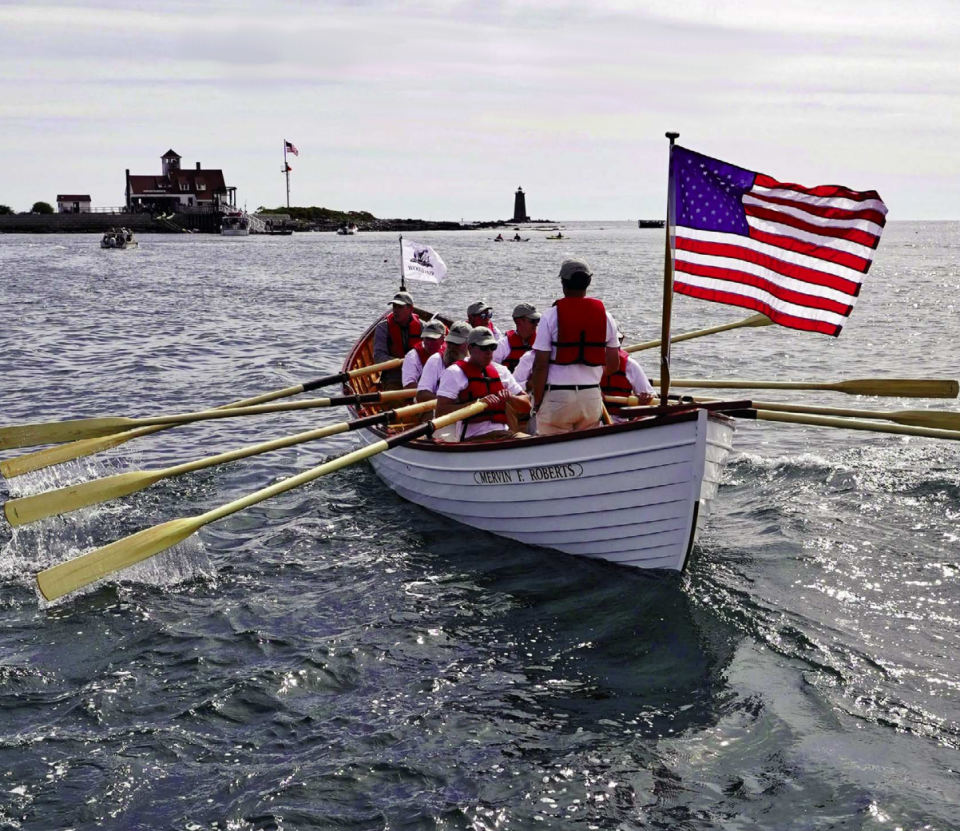The summer of 2023 will mark the reopening of the historic Wood Island Life Saving Station in Kittery Point, Maine. The predecessor to the US Coast Guard (founded in 1915), The US Life Saving Service opened the station in 1908 running it for 40 years until it was decommissioned in 1948. The Wood Island station was maned by surfmen who bravely rowed a surfboat through high winds and turbulent waves, to rescue mariners in distress.
The project included the restoration of a Type SR pulling surfboat from the late 1930s named the Mervin F. Roberts. This is the same type and model of boat that was used during the heyday of the Life Saving Station at Kittery Point. We were asked to participate in this project by creating historically exact 12-foot spruce oars for the Mervin F. Robersts. Shaw & Tenney's history of supplying long oars for surfboats dates back to the late 1800's and we couldn't be prouder to have our oars in use at Wood Island.
Maine Boats, Homes & Harbors has an excellent article on the Wood Island Life Saving Station restoration as well as the restoration of the surfboat Mervin F. Roberts. For our customers we have attached a PDF copy of the article here. You can also access the article on the Maine Boats, Homes & Harbors website.


